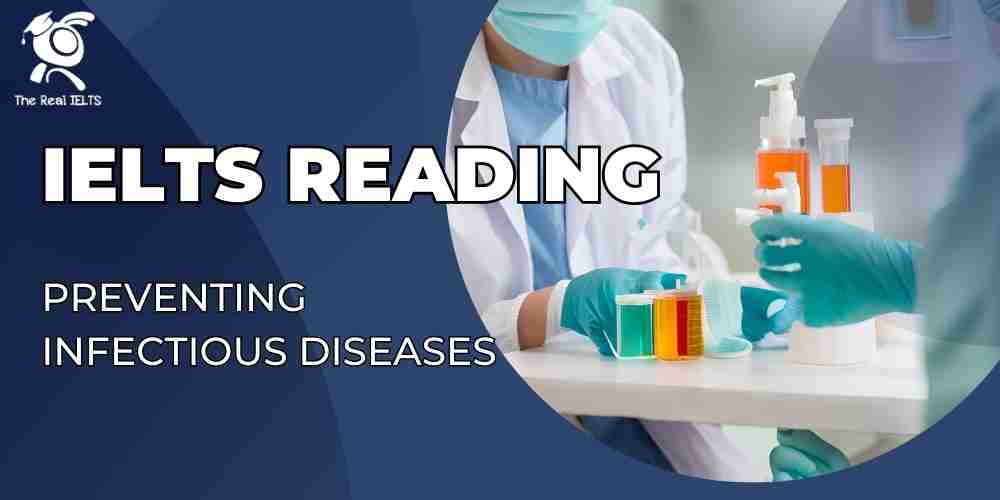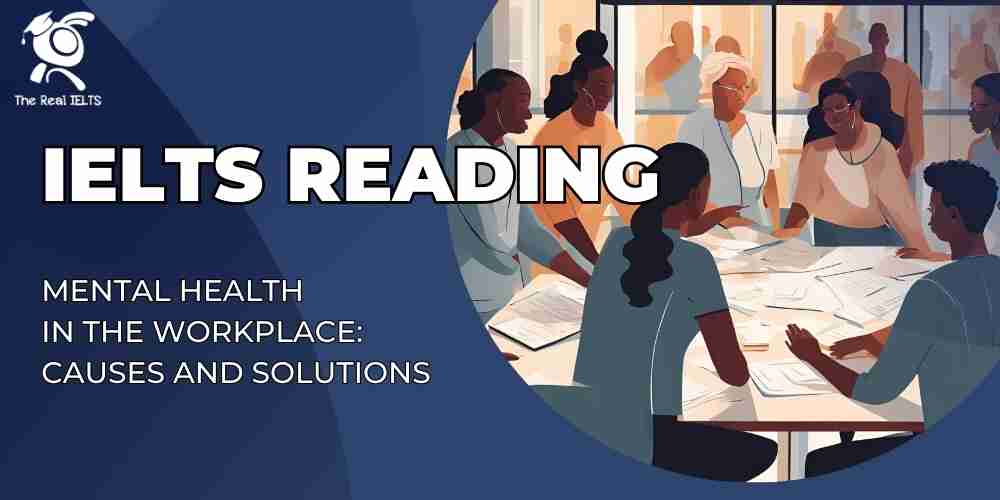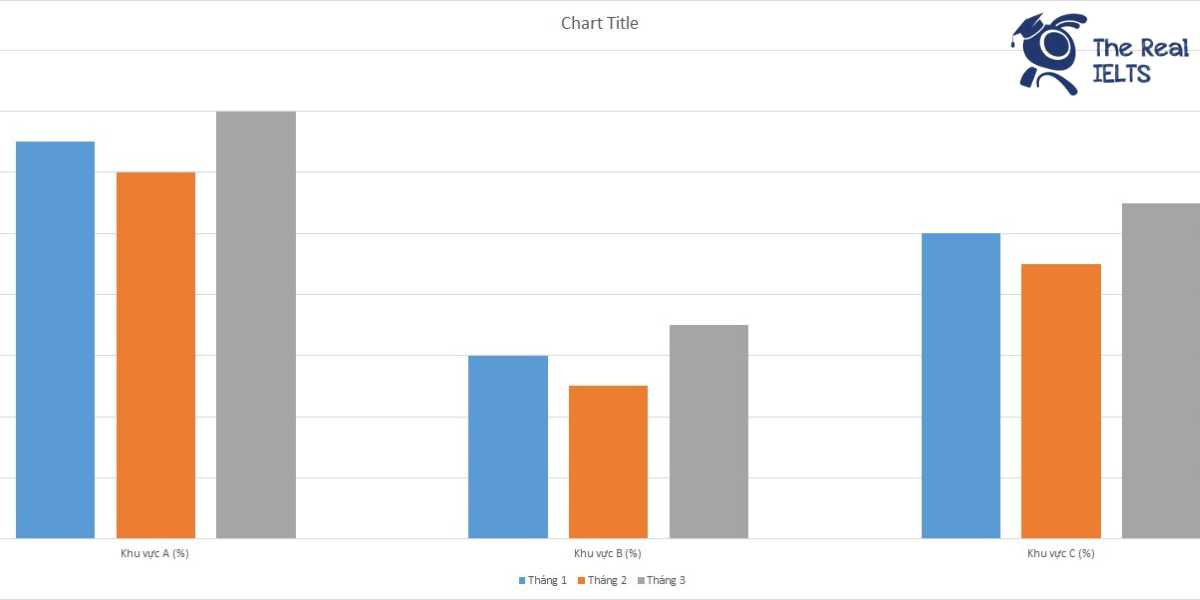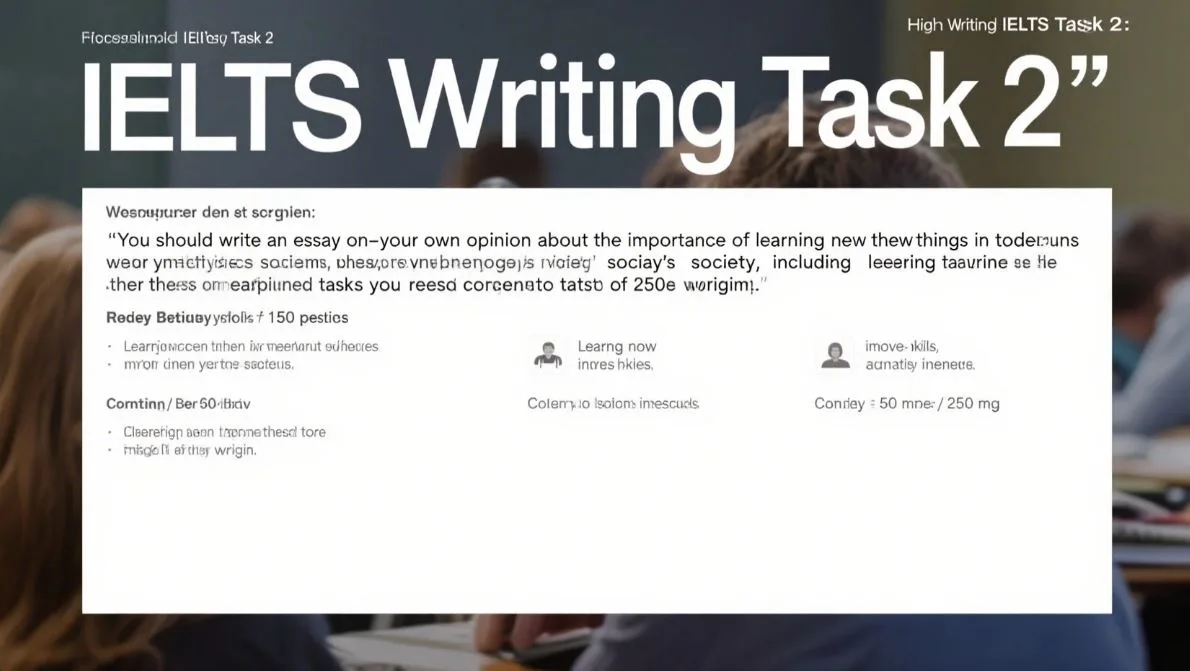IELTS Reading 21: Preventing Infectious Diseases là chủ đề thuộc chuỗi bài luyện tập 11 dạng bài IELTS Reading và các bài tập luyện tập.
Học lại bài cũ: IELTS Reading 20: Virtual reality and augmented reality.
IELTS Reading: Preventing Infectious Diseases
Infectious diseases have been a significant challenge for humanity throughout history. From ancient times to the present day, efforts to prevent and control the spread of these diseases have evolved dramatically. The ability to prevent infectious diseases is now seen as a critical component of global health. Understanding how infectious diseases spread, and the methods used to prevent them, is essential in safeguarding communities from potential outbreaks.
One of the earliest strategies for preventing infectious diseases was quarantine, a practice used to isolate individuals who were thought to be infected. This method dates back to the 14th century when ships arriving at ports during the Black Death were isolated to prevent the spread of the plague. Quarantine, however, is not always effective as it is often difficult to identify carriers of a disease, especially in the early stages of infection when symptoms may not yet be visible.
A more modern approach to preventing infectious diseases is vaccination. Vaccines work by stimulating the body’s immune system to recognize and fight off specific pathogens. The introduction of vaccines in the 18th century revolutionized the prevention of diseases such as smallpox, polio, and measles. Widespread vaccination programs have dramatically reduced the incidence of these diseases, and in some cases, such as with smallpox, have led to their complete eradication.
Hand hygiene and sanitation are other crucial methods in preventing the spread of infectious diseases. Simple actions, such as washing hands with soap and clean water, can significantly reduce the transmission of pathogens. The implementation of clean water supplies and improved sewage systems in the 19th and 20th centuries had a profound effect on public health, reducing the spread of diseases like cholera and typhoid.
In recent years, the focus on preventing infectious diseases has expanded to include controlling vector-borne diseases. Diseases like malaria, dengue fever, and Zika virus are spread by insects such as mosquitoes. Preventive measures include the use of insecticides, bed nets, and environmental management to reduce breeding sites for mosquitoes.
The global response to infectious diseases has also improved significantly with the advancement of technology. Surveillance systems now track outbreaks in real-time, allowing for faster responses. Public health campaigns and international collaboration are also vital in containing the spread of infectious diseases across borders. Organizations such as the World Health Organization (WHO) play a central role in coordinating efforts to prevent global outbreaks and pandemics.
In conclusion, preventing infectious diseases requires a multifaceted approach that includes quarantine, vaccination, hand hygiene, sanitation, and vector control. With the ever-present threat of new and emerging diseases, continuous research and collaboration are essential to safeguard the health of global populations. The lessons learned from past outbreaks serve as a reminder of the importance of preparedness and preventive measures in the fight against infectious diseases.
Question
1. Multiple Choice
Question: What is considered the most modern approach to preventing infectious diseases? A. Quarantine
B. Hand hygiene
C. Vaccination
D. Vector control
2. True/False/Not Given
Statement: Quarantine was first introduced in the 19th century to combat the spread of the plague.
Answer options: True / False / Not Given
3. Yes/No/Not Given
Statement: The implementation of clean water supplies had no effect on the spread of infectious diseases.
Answer options: Yes / No / Not Given
4. Matching Information
Question: Match the following information to the appropriate paragraphs:
- Widespread vaccination has eradicated certain diseases.
- The global response to infectious diseases is enhanced by technology.
- Quarantine was one of the first methods to control infectious diseases.
Answer options:
A. Paragraph 1
B. Paragraph 2
C. Paragraph 3
D. Paragraph 4
E. Paragraph 5
5. Matching Headings
Question: Match the correct heading to each paragraph of the passage:
- Quarantine: An Early Approach
- The Role of Hand Hygiene and Sanitation
- Vaccination and Its Impact
- Vector-Borne Disease Prevention
- Global Collaboration and Technology
6. Matching Sentence Endings
Question: Complete the sentences by matching the beginning to the correct ending.
- Quarantine was used during the Black Death…
- Vaccines have been used to…
- Surveillance systems help track…
- The use of insecticides helps prevent…
Sentence Endings:
A. control outbreaks in real-time.
B. the spread of mosquito-borne diseases.
C. prevent the spread of the plague.
D. eradicate diseases like smallpox.
7. Sentence Completion
Question: Complete the sentence below with a word or phrase from the passage. Vaccination works by stimulating the body’s ________ to recognize and fight specific pathogens.
8. Summary Completion
Question: Complete the summary using words from the text.
The prevention of infectious diseases has evolved over time. Initially, ___________ was used to separate those thought to be infected, while modern approaches include ___________, hand hygiene, and ___________. Global collaboration, through organizations like the WHO, has improved responses to potential ___________.
9. Diagram Label Completion
Question: Label the following diagram related to mosquito-borne disease prevention. Use words from the passage.
- Use of __________
- Reduction of __________ sites
- Insecticides to control __________
10. Short Answer Questions
Question: Answer the following questions using no more than two words.
- Which organization coordinates global efforts to control infectious diseases?
- What disease was eradicated through vaccination programs?
- Which method helps track outbreaks in real-time?
11. Table/Flowchart/Note Completion
Question: Complete the following table with information from the text:
| Method | Description |
|---|---|
| Quarantine | Isolating individuals who may be ___________ |
| Vaccination | Stimulates the __________ to fight diseases |
| Hand hygiene | Reduces __________ transmission through soap and water |
| Vector control | Uses __________ to eliminate mosquito breeding grounds |
Answers
1. Multiple Choice
Question: What is considered the most modern approach to preventing infectious diseases?
Answer: C. Vaccination
2. True/False/Not Given
Statement: Quarantine was first introduced in the 19th century to combat the spread of the plague.
Answer: False
(Quarantine was introduced in the 14th century, not the 19th century.)
3. Yes/No/Not Given
Statement: The implementation of clean water supplies had no effect on the spread of infectious diseases.
Answer: No
(The implementation of clean water supplies and sanitation reduced the spread of diseases like cholera and typhoid.)
4. Matching Information
- Widespread vaccination has eradicated certain diseases → Paragraph 3
- The global response to infectious diseases is enhanced by technology → Paragraph 5
- Quarantine was one of the first methods to control infectious diseases → Paragraph 2
5. Matching Headings
- Quarantine: An Early Approach → Paragraph 2
- The Role of Hand Hygiene and Sanitation → Paragraph 4
- Vaccination and Its Impact → Paragraph 3
- Vector-Borne Disease Prevention → Paragraph 4
- Global Collaboration and Technology → Paragraph 5
6. Matching Sentence Endings
- Quarantine was used during the Black Death → C. prevent the spread of the plague.
- Vaccines have been used to → D. eradicate diseases like smallpox.
- Surveillance systems help track → A. control outbreaks in real-time.
- The use of insecticides helps prevent → B. the spread of mosquito-borne diseases.
7. Sentence Completion
Answer: Vaccination works by stimulating the body’s immune system to recognize and fight specific pathogens.
8. Summary Completion
The prevention of infectious diseases has evolved over time. Initially, quarantine was used to separate those thought to be infected, while modern approaches include vaccination, hand hygiene, and sanitation. Global collaboration, through organizations like the WHO, has improved responses to potential outbreaks.
9. Diagram Label Completion
- Use of bed nets
- Reduction of breeding sites
- Insecticides to control mosquitoes
10. Short Answer Questions
- Which organization coordinates global efforts to control infectious diseases?
Answer: WHO - What disease was eradicated through vaccination programs?
Answer: Smallpox - Which method helps track outbreaks in real-time?
Answer: Surveillance systems
11. Table/Flowchart/Note Completion
| Method | Description |
|---|---|
| Quarantine | Isolating individuals who may be infected |
| Vaccination | Stimulates the immune system to fight diseases |
| Hand hygiene | Reduces pathogen transmission through soap and water |
| Vector control | Uses insecticides to eliminate mosquito breeding grounds |















